Category Archives for Tutorials
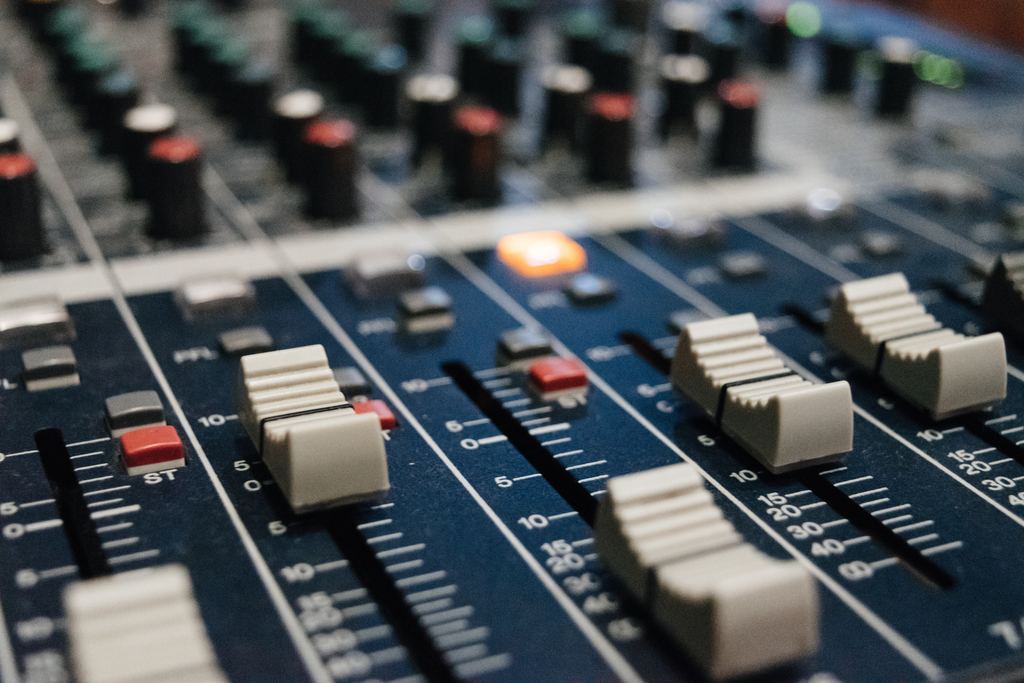
How to Combat Sound Distortion
Here’s a handy tip for when you face the distortion problem. You know, when you keep turning things up, up, and up some more, and then at some point instead of the music becoming louder, it becomes distorted with the speakers apparently about to burst.
Turn things down!
That sounds totally counter-intuitive, but turning things down will often improve your sound and make it louder because you’re getting rid of the distortion.
DJing Nine Decks!
Keeping two records in sync may give you enough of headache, but how about DJing NINE? Well, this is just what Johnathan Lewis (DJ Tutor) set out to do, and here’s how it went.
Beatmatching alone doesn’t make for a great DJ, but it’s fun to see how far the boundaries can be pushed. To quote Johnathan, practice and enjoy!
What’s the craziest DJ thing you’ve done? Got a video? Leave a comment below and let me know.

How to Protect Your #1 DJ Asset
I got a bit of sobering news for you today. You might think that your #1 DJ asset is your crazy mixing skills, your music collection or maybe even your connections with promoters. Wrong. Your #1 asset is your hearing – because without it, there’s not much you can do as a DJ.
Unfortunately, the club environment isn’t your hearing’s best friend. The music is pounding on the dancefloor, the monitors in the DJ booth add up to the noise level, and you have to really crank up the volume in your headphones just to hear anything.
All that can lead to temporary, and then permanent hearing loss, which is a very real danger for a DJ. (Ever had that ringing in your ears after a party?) And let me tell you that losing your hearing, even temporarily, is no fun. Just go watch the “It’s All Gone Pete Tong” movie.
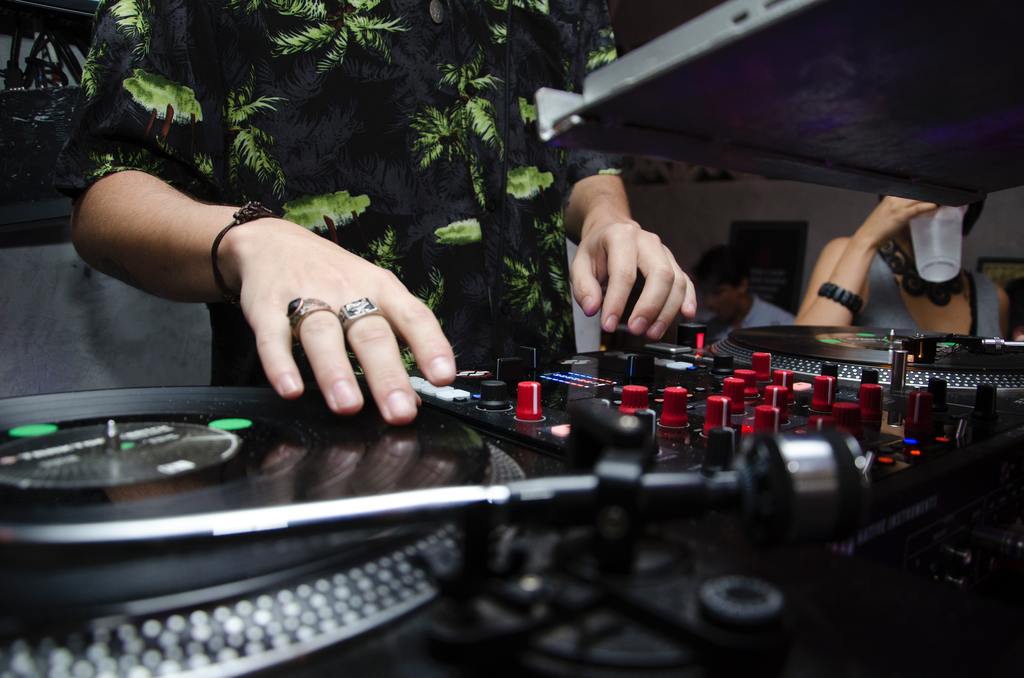
Lost in Beatmatching? Try One of These “Magical” Pitch Positions
You know that I’m all for learning to beatmatch by ear, and in fact I have a whole beatmatching tutorial over on DJing Tips. However, if beatmatching has been driving you nuts lately, here’s a quick tip that can make your life a bit easier.
Here goes. After you’ve beatmatched a tune to another one, you’ll find that more often than not, its pitch ended up in one of these “magical” positions: 0%, +/-0.8%, +/-1.6%, +/-2.4%, +/-3.2% and so on in increments of 0.8%. This is because for tracks in the 125-132 BPM range (which is a very big chunk of dance music out there), a difference of 1 BPM roughly corresponds to a 0.8% difference in tempo.
So next time you’re lost trying to beatmatch a tune, try one of these “magical” pitch positions. One of them might just click!
Any other beatmatching shortcuts you know? Share the tricks in the comments below.
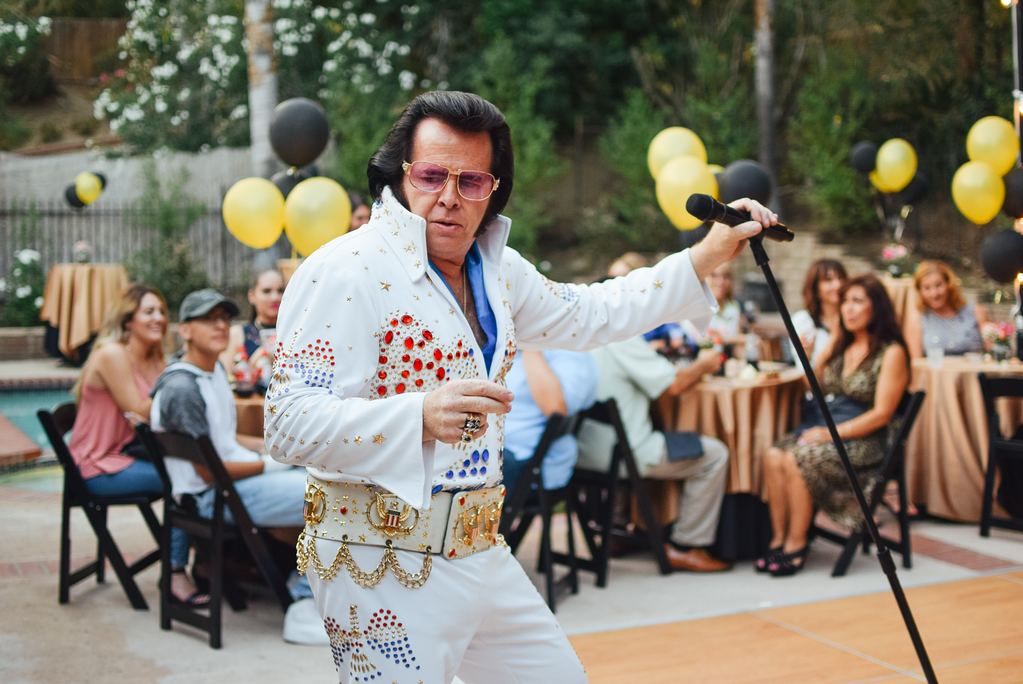
How to DJ a Great Wedding
Wedding DJs probably make more money than 90% of club DJs out there. If you just got invited to DJ a wedding, or are considering to become a wedding DJ, here are a couple of pointers for you.
Forget beatmatching. The music played on a typical wedding is so diverse that no one expects you to beatmatch or do those 1-minute blends. The fade-out/fade-in and the simple cut are the only mixing techniques you’ll ever need.
Diverse music collection. DJing weddings requires knowledge and appreciation of all kinds of music – from Sinatra to jazz to Motown to disco and then to the 80s classics. It may be too late a week before the event, but you really need to expand your horizons (and music collection) beyond your favorite EDM style to DJ a wedding well.
Two types of wedding music. These are cocktail/dinner and dance. Think of the dinner stage as a warm-up. You start with familiar, cross-generation songs and build up the energy until the guests are ready to hit the dancefloor. And then you play a mix of dance classics and current hits for the younger crowd.
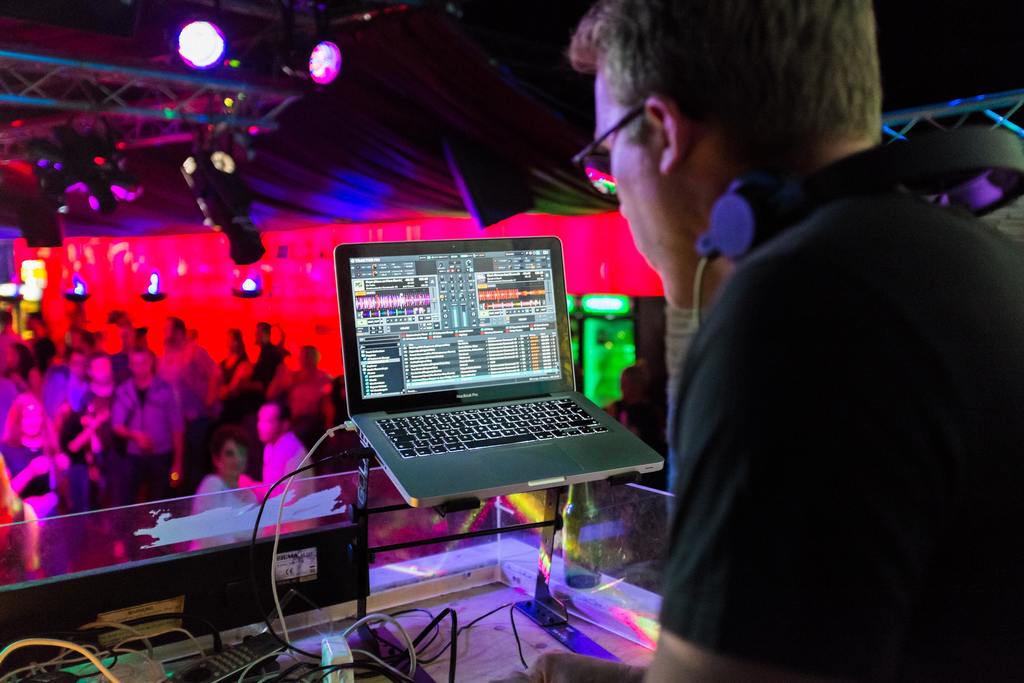
How to Decide What Track to Play Next When DJing
The question of choosing the next track to play may actually be more important than it seems. The thing is, it’s pretty much equal to “How to be a good DJ” – because DJing is all about the programming, i.e. choosing the right record for this exact moment.
Programming is what makes DJing an art form, and that’s something that you are only going to learn by playing out. As you subconsciously catalog the crowd’s reactions to each track, you become better and better in using music to evoke certain moods, trigger memories or associations in your listeners.
Actually, thinking of tracks in terms of moods helps greatly in choosing the next tune to play. Ask yourself these questions: What is the tune’s energy level? And, what feelings does it create – in others, not just you? Then try to decide how appropriate it would be for right now.
Subscribe to This YouTube Channel
This guy has been posting DJ video tutorials since 2006 and he’s responsible for teaching maybe tens of thousands of folks out there how to DJ. Moreover, he’s cool, down to earth and likes wearing funky hats. Subscribe to his channel right now!
https://www.youtube.com/channel/UCr3_EE6O_eA71X2quaKvziw
Tip: Click the search icon on the channel page to search ellaskins’ videos on a particular DJ topic. You’ll thank me later!
Have you watched ellaskins’ videos before? What’s your favorite one? Let me know in the comment section below.
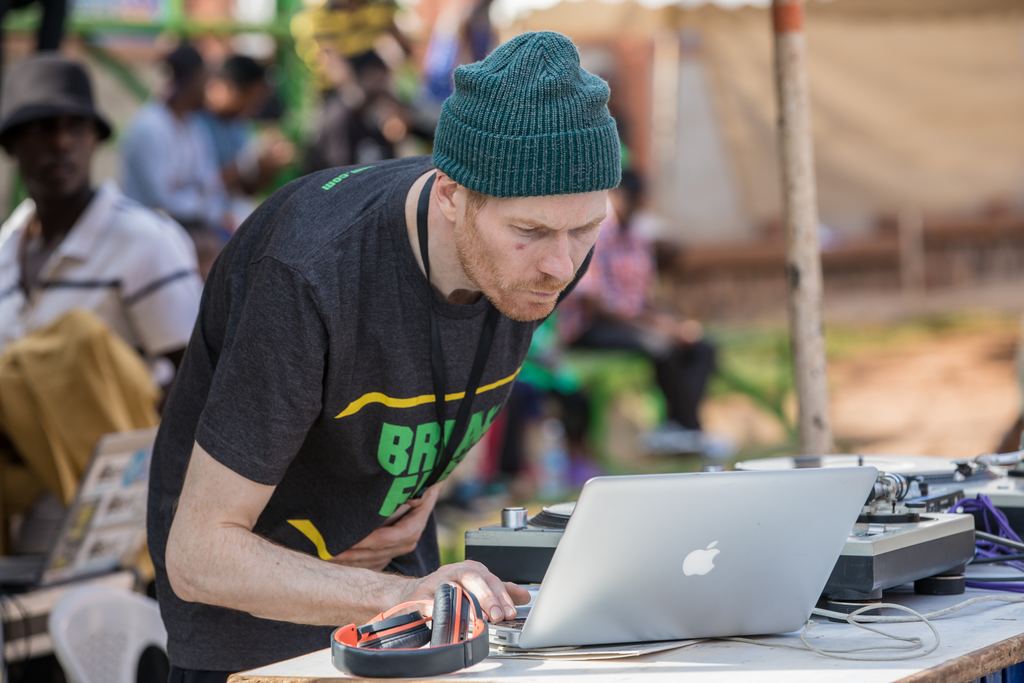
6 Tips for Organizing Your DJ Music Library
Back when I was DJing with vinyl, I packed my record box for the gig and those 100 or so records was all I had for the night. There was always the risk of leaving a couple of great tunes at home, but in return, I could keep mental track of most of the records in my box and quickly sift through all of them if I needed to.
Digital DJing is different. You get to carry all your music with you, but in return, finding that tune to put on next suddenly becomes much harder. It’s clearly not an option to go through hundreds of tracks in the browser, and this is where you need a good system for organizing your digital music files.
Here are a few tips to get you started.
Clean up your ID tags. Things like song name, artist, album and album art go without saying. Filling out the genre for each track is also important, as it will allow you to build customized playlists based on track genres. And if you’re into mixing harmonically, put the track’s Camelot key both in the comments and the key field for most flexibility.
What’s Your Hearing Range?
This is a fun one. We all know that the human hearing range is 20 to 20,000 Hz, right? Well, it’s also true that with age, a gradual decline starts to kick in, mostly at high frequencies. Check out the nifty test above that lets you quickly test how young your ears are.
I’m 31 and my upper limit is 14 kHz. This means that if there’s a sound higher than that in music, I simply won’t hear it. So much for the 20,000 Hz limit in my speakers!
How old are you, and what’s your hearing range? Let me know in the comment section below.
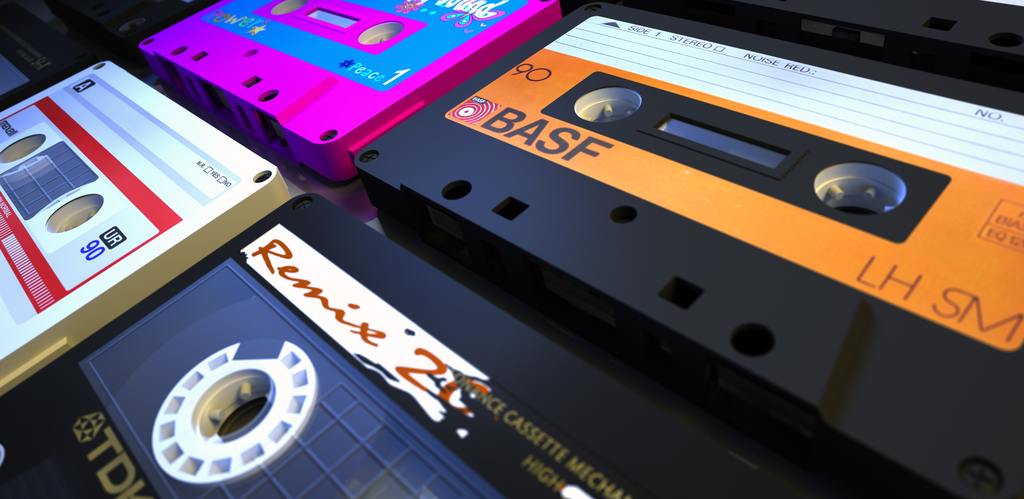
MP3 vs. WAV: In Which Format Should You Buy Your Music?
A very common question these days is whether you should be buying your music in MP3 or WAV format. And if it’s MP3, which version: 192 or 320 kbps?
A few words on WAV first. WAV is an “uncompressed” audio format and provides what’s called “CD quality sound”. In other words, you could rip a CD into a WAV file and then use that WAV to burn a bit-by-bit copy of that CD without any loss in quality. WAV tracks are more expensive, and they also take up a lot of space on your hard drive.
MP3, on the other hand, is a “compressed” format. An MP3 version of a song is obtained by taking a WAV, stripping out all of the frequencies that a human ear theoretically won’t hear anyway, and then applying some fancy compression algorithms to further reduce the file size.